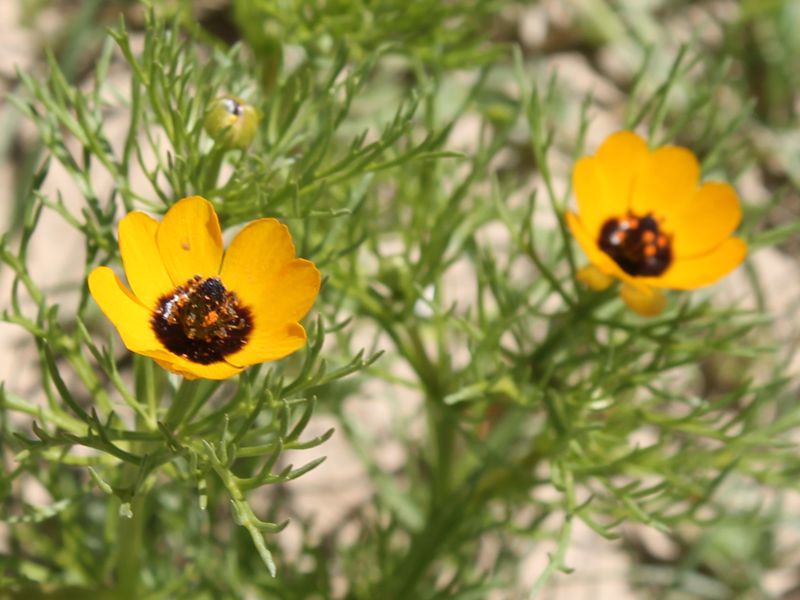Adonis dentata seed

Adonis dentata – Uses and Benefits
Adonis dentata is a flowering plant belonging to the Ranunculaceae (buttercup) family. It is native to regions of the Middle East, Central Asia, and parts of North Africa. Like other members of the Adonis genus, it is known for its attractive flowers and potential medicinal properties, although it is less commonly studied than Adonis vernalis.
1. Medicinal Uses (Traditional and Pharmacological)
The Adonis genus is traditionally recognized for its cardiotonic properties (heart-related effects), and Adonis dentata is believed to share some of these characteristics:
-
Cardiotonic effects: Contains cardiac glycosides similar to Adonis vernalis, which are used to support heart function in traditional medicine.
-
Anti-inflammatory and antispasmodic potential: Traditional uses may include treating inflammation, mild pain, or muscle spasms.
-
Sometimes used in folk remedies for:
-
Heart palpitations
-
Mild nervous disorders
-
Water retention (as a diuretic)
-
⚠️ Warning: Plants in the Adonis genus contain toxic cardiac glycosides. These compounds can be dangerous if used improperly and should never be self-administered without medical supervision.
2. Ornamental Value
-
Attractive red or yellow flowers: Adonis dentata is sometimes appreciated for its ornamental appeal in dryland or wildflower gardens.
-
Seasonal wildflower: Adds diversity to natural landscapes in its native habitat.
3. Ecological Role
-
Contributes to pollinator support, attracting bees and other insects during its flowering season.
-
Plays a role in dryland ecosystems, growing in steppe and semi-arid areas, often in association with other wild herbs.
4. Scientific Interest
-
Botanists and pharmacologists are interested in the cardiac-active compounds found in Adonis species.
-
Potential for development of plant-derived cardiac medications, although Adonis dentata itself is not widely used in modern pharmacology compared to related species.
Summary
| Category | Use / Effect |
|---|---|
| Medicinal | Traditional cardiotonic, diuretic, antispasmodic |
| Toxicity | Contains cardiac glycosides – potentially toxic |
| Ornamental | Bright flowers, suitable for dryland gardens |
| Ecological | Supports pollinators, drought-adapted species |
